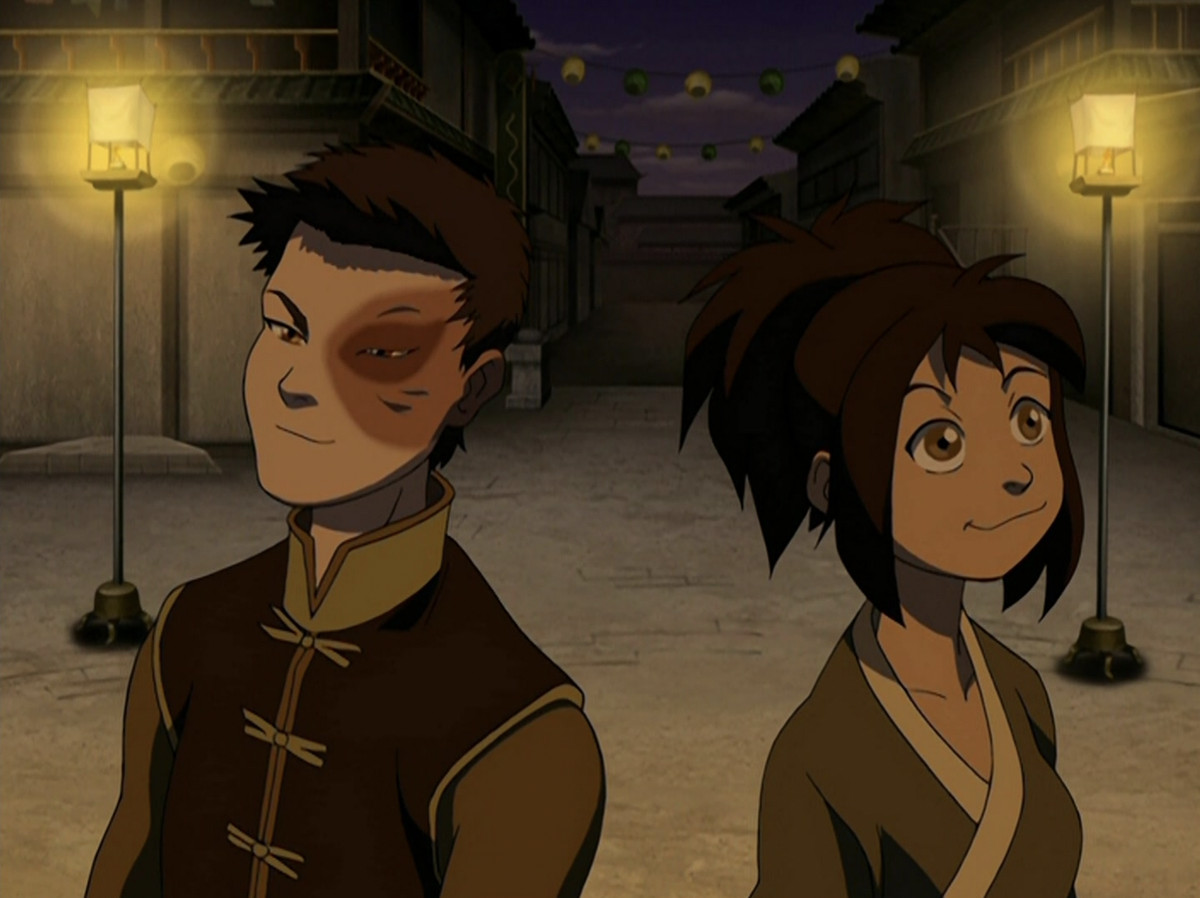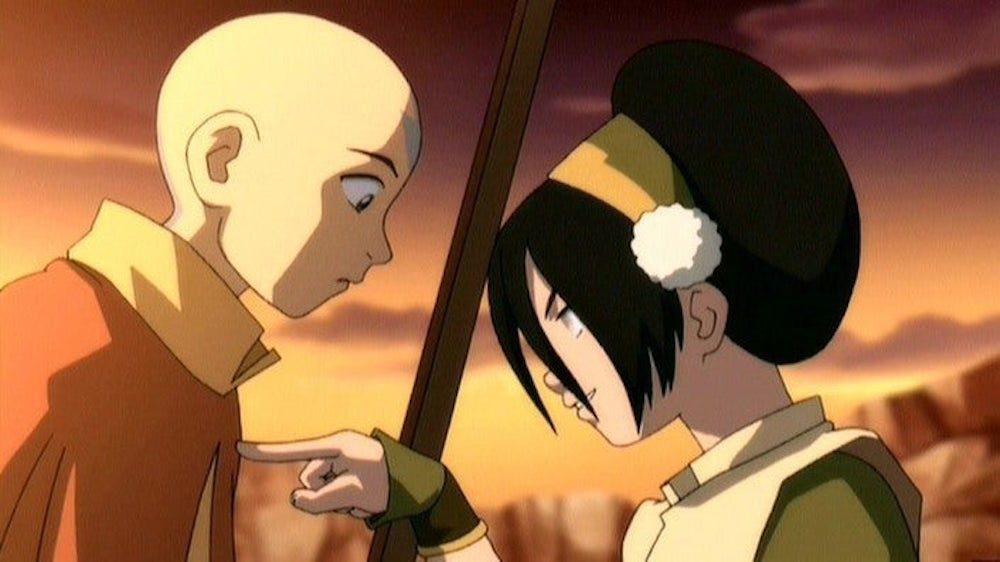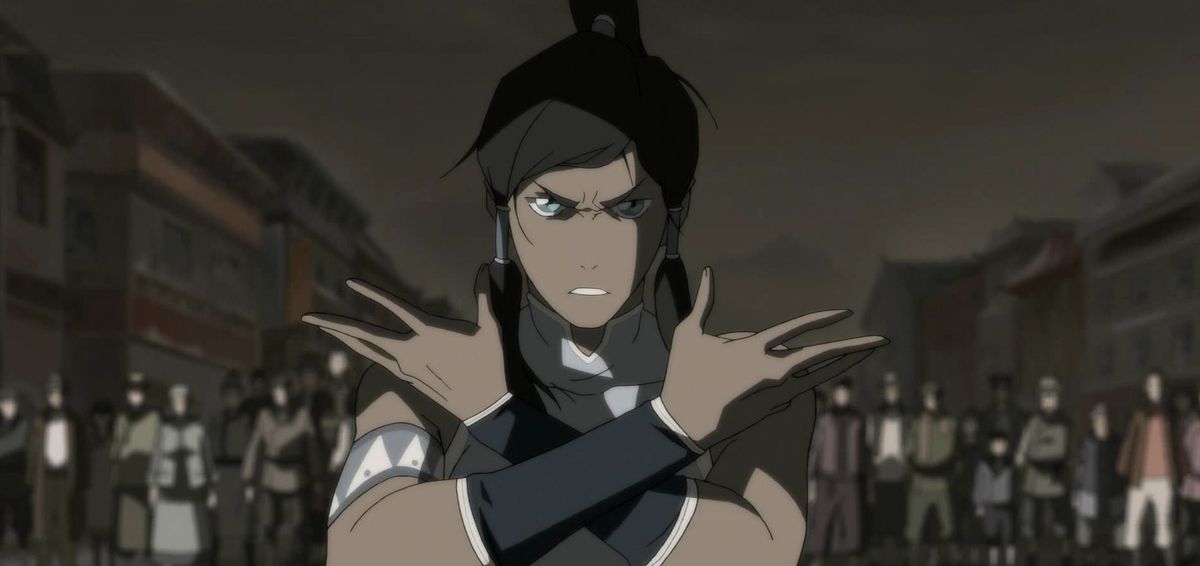Once, the most coveted form of media for an adaptation was a live-action movie. Nowadays, it’s all about the live-action television adaptation — preferably an eight-episode Drama™ that takes the source material really seriously.
Netflix’s new Avatar: The Last Airbender is the latest adaptation to get this sort of treatment. Based on the very good animated series of the same name — which was notable for having 20-plus-episode seasons (albeit with 22-minute episodes) — the Netflix version distills all of that into eight hour-long episodes. It’s dramatic and serious, and of course that means stripping the show down to its most plot-forward elements in order to get to the most epic moments.
As a whole, television seasons — especially on Netflix — are much shorter than they used to be. Eight hour-long episodes is the norm for dramas nowadays. This isn’t necessarily a bad thing; there are plenty of shows designed with that specific scope in mind that end up being great. But it’s not universally a good thing. What ends up getting cut are the more character-forward, less plot-relevant episodes. This is true for shows overall, which ask us increasingly to care about characters we barely get to know in a world we don’t know anything about. But it’s especially true for adaptations of more sprawling material, like a 22-episode fantasy-action cartoon or a whole series of speculative fiction books.
Most recently, we’ve seen this happen with Shadow and Bone and Percy Jackson and the Olympians, where the showrunners seem so keen on fast-tracking the story to get to the exciting part — only to fumble, because the tension of the dramatic moments just doesn’t have as much impact without the buildup. It’s the case of the disappearing filler episode, as television shows overall get shorter seasons, and it is adaptations of other source material that suffer the most.
Calling lighter, less plot-heavy episodes “filler” is a bit of a misnomer. The term was originally coined for anime adaptations of manga, when the television show reached the same point as the manga and the studio had to come up with inconsequential plots to pad time before a new volume came out. These days, though, audiences tend to throw around the term “filler episode” to describe any episode that doesn’t contain huge, groundbreaking plot revelations.
But so-called filler episodes serve a greater purpose in the architecture of a television show; without the less dramatic, plot-lite episodes to hold up the infrastructure, there is only so high the dramatic points can reach. And when it comes to adaptations, only picking the most dramatic moments of a show or book ends up doing the whole story a disservice. Why do we care about a big confrontation if we haven’t gotten time to know more about what it means for the characters at hand, the greater impacts on the world, and the ultimate story?

Image: Nickelodeon
Adaptations don’t have to be one for one. In fact, a lot of the time, it’s better if they’re not. Different mediums have different storytelling strengths. A book narrated in first person, for instance, won’t have its tone effectively translated into television, even with voice-over — but a show does give an opportunity to explore a new side of the story (not to mention, sometimes getting rid of the narrator ends up being a plus). But in the case of Avatar: The Last Airbender, part of the original’s greatest strength was in the format of episodic storytelling that built up to something bigger.
One of the most instrumental parts of the original Avatar series was the pacing. With 20 or more episodes per season, Avatar: The Last Airbender had the time to explore the world and, in turn, show how that informs the main characters. In the original series, we already have a solid sense of who these characters are and why they mattered before we learned bigger backstory reveals about their motivations. The big “plot-heavy” beats are also given enough breathing room, their effects rippling throughout the world.
[Ed. note: The rest of this post contains spoilers for the original ATLA series, The Legend of Korra, and the live-action ATLA.]

Image: Nickelodeon
After the Siege of the North, for instance, Aang and his friends scramble to pick up the pieces, while Zuko and Iroh go on the run. Yes, plenty of stuff happens in the interim, but it’s not fast-tracked along to get everyone where they need to be. In fact, there’s a lot of wandering, a lot of back-and-forth to learn about these characters and how the overwhelming threat of the Fire Nation affects the rest of the world.
Avatar’s sequel series, The Legend of Korra, is the perfect case study for why something as grand in scope as the Avatar series needs time to breathe. At its foundation, Korra is a great show that tackles complex themes, has dynamic characters, and takes the world Avatar gave us and really dives into the ramifications of it. Unfortunately, with its shorter seasons, there isn’t as much time to actually feel the impact of what happens.

Image: Nickelodeon
Violent anarchist Amon gets defeated, but he did make some points about how non-benders were treated. None of that gets explored with much impact, since Korra has to move on to the next tangible threat. We know on the surface that the United Republic now has a non-bending president, but any lingering tension in the world is brushed aside to deal with the angry spirits and the Water Tribe civil war. One of the best parts of Korra is the superb cause and effect that the villains have on each other, but it’s also one of the more frustrating elements because there isn’t enough time to explore the ramifications of the fallout. Korra is still a stellar show, but it has to stretch against a limited framework that Avatar didn’t have.
The new Avatar is breathless. Events that take place over a whole season, in separate episodes, are now jam-packed into single episodes. Yes, the episodes are longer, but without enough space between each of these big moments, it doesn’t quite have the same effect. It’s a chance for all the fan favorites — Jet! June! Even Azula! — to be on screen, but without the actual weight of exploring what their appearances mean before the Gaang has to move on to the next new thing.
But the downtime between big plot points is important in reminding us why these big plot points even matter. This isn’t something specific to Avatar, but an element in crafting an impactful story. If all we see of the world is when it’s about to be saved, then we don’t understand why the world is worth saving. If all we see of the characters is when they’re about to rise up and be their most powerful, then we don’t know who they are when all that is stripped away. If all we see of their relationships is when they’re put to the test, then we don’t know the depth and complexity of their strengths. The original show masterfully balanced the lighter moments with the heavier ones, and created a rich tapestry of world-building, characterization, and plot that all wove together for one amazing series. Those “filler episodes” weren’t just fluff; they were foundational.
Avatar: The Last Airbender, the live-action Avatar: The Last Airbender, and The Legend of Korra are all streaming on Netflix.
